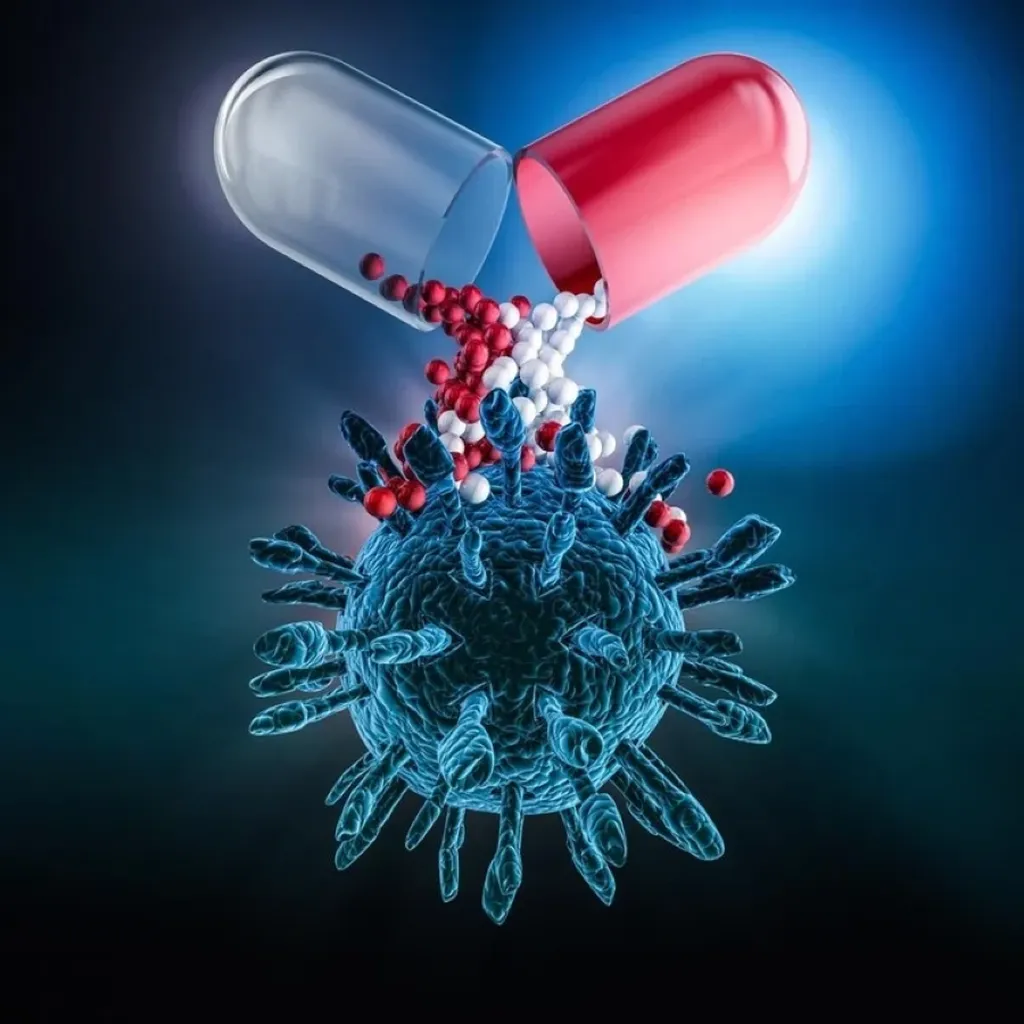In the ever-evolving landscape of drug delivery systems, a groundbreaking study published in *Nano Select* (translated from German as “Nano Choice”) is set to redefine the way we approach targeted therapies. The research, led by Oluwasegun Chijioke Adekoya from the Faculty of Engineering and the Built Environment at the Tshwane University of Technology in Pretoria, South Africa, delves into the intricate world of predictive modeling to enhance the efficacy of drug delivery using pegylated bionanocomposites.
Adekoya and his team focused on the drug favipiravir, a compound known for its antiviral properties. The study aimed to understand the interaction mechanisms between favipiravir and polyethylene glycol (PEG)/graphene oxide (GO) nanosheets under various environmental conditions. “Our goal was to optimize the drug delivery process by leveraging the unique properties of graphene oxide and polyethylene glycol,” Adekoya explained. “By doing so, we can potentially improve the binding affinity and release kinetics of the drug, making it more effective and efficient.”
The research employed first principles simulation to calculate key parameters such as adsorption energies, net charge transfer values, release times, and thermodynamic parameters. The findings were promising, with adsorption energies ranging from -202.61 to -3.46 kcal/mol, indicating strong binding between the drug and nanocarrier. The net charge transfer values, spanning from -0.222 to 0.373 electrons, reflected the degree of charge migration, which is crucial for understanding the drug’s behavior within the nanocarrier.
One of the most significant findings was the impact of PEGylation on the drug’s release kinetics. “PEGylation not only enhances the adsorption energies and binding affinities for favipiravir but also leads to faster release kinetics,” Adekoya noted. This means that the drug can be delivered more quickly and efficiently to the target site, improving its overall efficacy.
The study also highlighted the influence of environmental factors and PEGylation on charge transfer and noncovalent interactions. Favorable thermodynamics were observed, especially in aqueous environments, suggesting that the drug-nanocarrier interactions are both favorable and spontaneous.
The implications of this research are far-reaching, particularly for the energy sector. As the demand for sustainable and efficient energy solutions grows, the need for advanced drug delivery systems that can target and treat energy-related health issues becomes increasingly important. For instance, workers in the energy sector often face unique health challenges, such as exposure to hazardous materials and extreme environmental conditions. A more effective drug delivery system could significantly improve their health outcomes and overall well-being.
Moreover, the insights gained from this study could pave the way for the development of new and improved drug delivery systems that are not only more effective but also more environmentally friendly. “Our research provides a solid foundation for future developments in the field of drug delivery,” Adekoya said. “By understanding the underlying mechanisms and optimizing the drug-nanocarrier interactions, we can create more sustainable and efficient solutions that benefit both the energy sector and the broader healthcare industry.”
As the world continues to grapple with the challenges of energy sustainability and healthcare, this research offers a glimmer of hope. By harnessing the power of predictive modeling and advanced materials science, we can unlock new possibilities for targeted therapies and improve the lives of those who work tirelessly to power our world.
The study, published in *Nano Select*, serves as a testament to the potential of interdisciplinary research and the transformative power of innovation. As we look to the future, the insights gained from this research will undoubtedly shape the development of next-generation drug delivery systems, paving the way for a healthier and more sustainable world.

